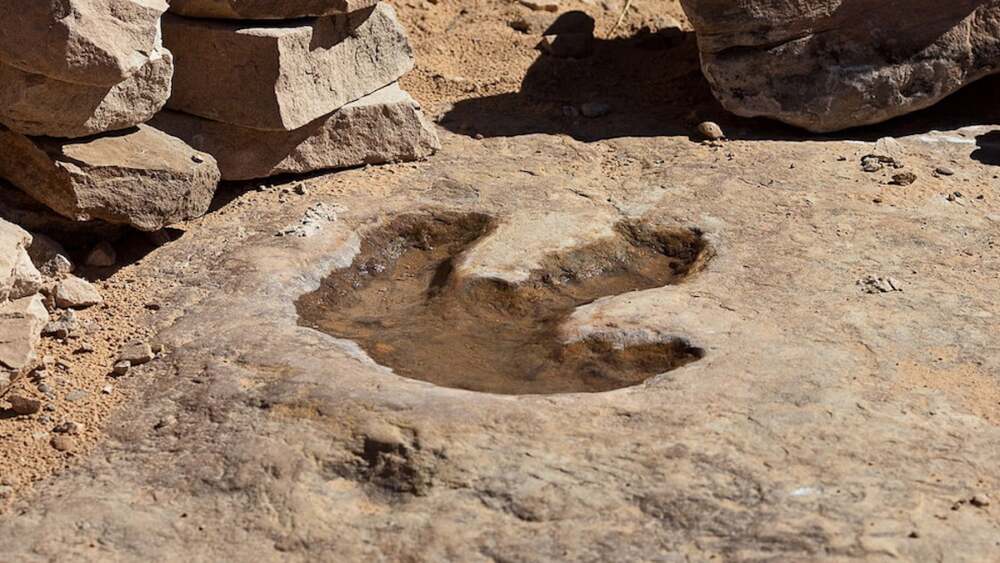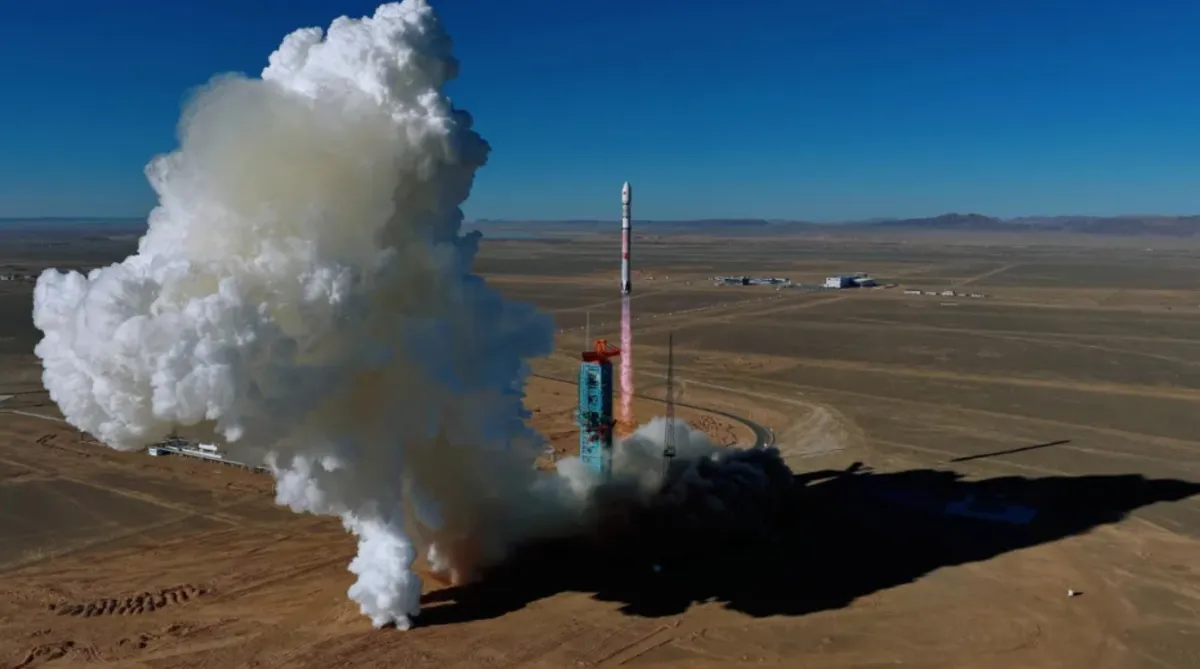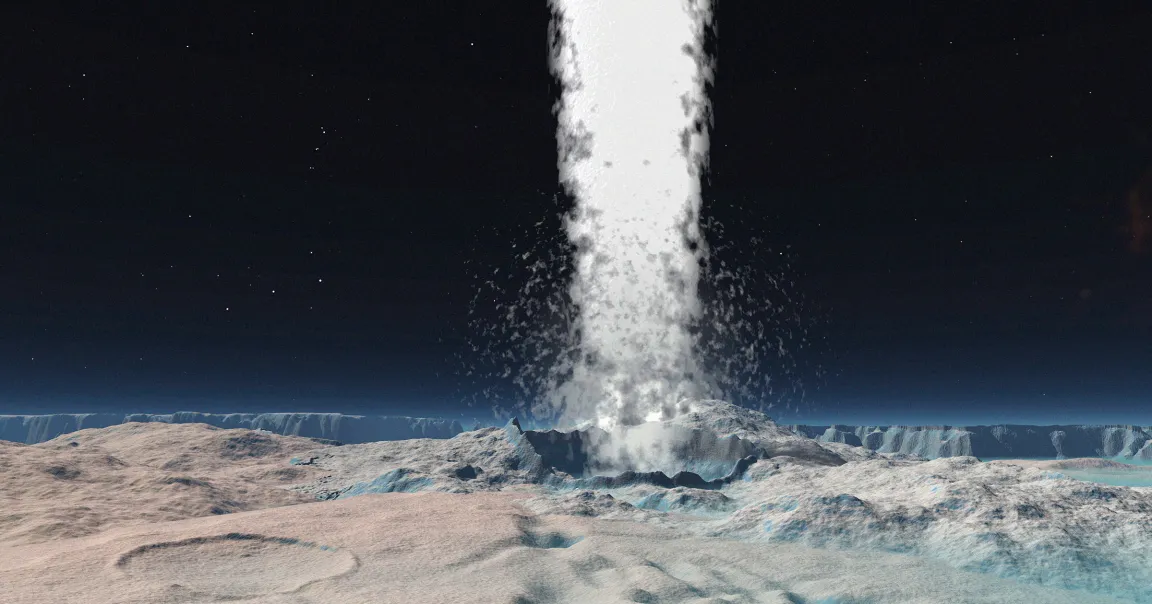Imagine having sunlight after sunset — beams of natural light directed by satellites to light up solar farms, drive energy systems, or simply brighten city outskirts. That’s the bold vision of a U.S. startup called Reflect Orbital, which aims to launch a constellation of orbital mirrors capable of reflecting sunlight down to the Earth’s surface. The target: make “sunlight on demand” possible by around 2026.
Yet as ambitious as the idea sounds, it comes with formidable technical, economic, and environmental challenges. Let’s examine what the proposal entails, where it could work — and where it might backfire.
The Proposal: How It Would Work
Mirrors in Space
The basic concept is elegant in theory. Small satellites equipped with large mirrors would be placed in low Earth orbit (around 600–700 km altitude). These mirrors would capture sunlight and direct it toward specific ground targets — for instance, solar farms — to supplement energy production after the Sun has set.
To start, Reflect Orbital plans a test satellite, named Earendil-1, with a mirror spanning approximately 18 meters. If successful, the plan scales to a full constellation, eventually with thousands of mirror-equipped satellites.
Light Mechanics & Spread
A key physical constraint comes from the fact that the Sun isn’t a point source, but has an angular width (roughly 0.5° as seen from Earth). That means when you reflect sunlight over hundreds of kilometers, the beam naturally diffuses. One mirror cannot produce a pinpoint beam on the ground — instead, it lights a footprint several kilometers wide.
Although each beam will be much dimmer than midday sunshine, it might still be significantly brighter than the full Moon. For example, estimates suggest an individual 54-meter mirror might deliver light intensity perhaps 15,000 times fainter than solar noon — yet well above typical nighttime illumination.
Constellations and Coverage
To make the system useful, Reflect Orbital anticipates needing thousands of such reflective satellites. Because satellites move rapidly relative to the Earth’s surface, any one spot on the ground would only be illuminated for a few minutes as a mirror passes overhead. To provide continuous lighting to a region for hours, many satellites must work in coordination.
Additionally, planning orbits becomes complex: the constellation must orbit such that enough mirrors are sunlit and positioned to beam toward the target region, even as Earth rotates underneath.
Technical & Operational Challenges
Beam Spread and Brightness Tradeoffs
Because of beam spreading, delivering meaningful intensity (e.g. enough to drive solar panels or provide illumination) over large areas is extremely demanding. Achieving, say, 20% of peak solar intensity would require a very large number of mirrors pointed precisely — and even then, only certain target zones can be illuminated without wasted light.
Pass Duration and Timing
Satellites in low Earth orbit have limited dwell time over any location. For a ground point, a satellite might only be in position for 3–5 minutes. To offer sustained light over nighttime hours, many satellites must take turns illuminating as one moves away and another takes over.
Mirror Size, Mass & Launch Costs
Scaling from a prototype mirror to mirrors tens of meters in diameter poses engineering challenges. Larger mirrors are heavier, harder to deploy, and more vulnerable to deformation, vibrations, and micrometeoroid impacts. Launching large numbers of satellites with large reflectors at affordable cost is a steep barrier.
Atmospheric Loss & Diffusion
Even if the satellite mirror works well, the reflected light must travel through Earth’s atmosphere, where scattering and absorption reduce its effective intensity at the ground. Clouds, dust, or humidity can degrade beams. Moreover, at low angles (when the mirror is off-nadir), atmospheric path length further weakens the signal.
Environmental & Astronomical Concerns
Light Pollution & Sky Brightness
A constellation of mirrors beaming light into the night sky raises major concerns among astronomers and stargazers. Mirror reflections or sweeping beams could be bright enough to interfere with telescopic observations, mask faint celestial sources, or even damage eyesight if viewed directly. The light pollution effect may disrupt the natural darkness that many ecosystems and nocturnal animals depend upon.
Unintended Illumination Spread
As satellites sweep across the sky, their mirror footprints may light up unintended zones temporarily, sweeping beams across neighborhoods or nature reserves. Even if the target region is illuminated, secondary “spillover” illumination could affect nightscapes elsewhere.
Ecological and Human Impacts
Artificial illumination can affect plant biology, insect life, migration patterns, and human circadian rhythms. Introducing pulses or patches of sunlight at night in previously dark areas could have unknown ecological consequences.
Potential Benefits & Applications
Despite the challenges, the potential upside is compelling:
- Extending solar farm operation: By supplying artificial sunlight during early evening hours, solar farms could produce electricity beyond sunset, smoothing renewable energy output.
- Disaster relief / temporary lighting: In regions hit by outages or natural disasters, remote sunlight beams might provide temporary lighting or power.
- Agriculture & greenhouse support: Controlled illumination might assist crops in certain latitudes during long nights (though power budgets would matter).
- Remote or off-grid support: Isolated installations without grid power might gain supplemental energy from beamed sunlight.
However, these benefits come only if costs, logistics, and unintended consequences are managed carefully.
Is “Sunlight On Demand” Realistic by 2026?
The timeline to 2026 appears optimistic, given the scale of technical, regulatory, and environmental hurdles. Building and testing a prototype mirror satellite is one thing; scaling to a full operational constellation is another. The developers themselves envision gradually building toward several thousand satellites by 2030.
So while a test mission or early prototype may launch by 2026, broad deployment with meaningful utility is likely a multi-year endeavor beyond that.
Conclusion: Bright Idea with Shadows Inherent
Reflect Orbital’s concept of delivering sunlight after dark evokes a futuristic vision: space-based infrastructure supplementing terrestrial solar energy, blurring the lines between day and night. Yet the path is steep, and the risks real. Beam spread, satellite coverage, launching massive mirrors, regulatory regimes, and ecological impacts all demand careful, coordinated solutions.
If it works — even partially — the innovation could help stabilize renewable energy systems and redefine how we think of sunlight. But for now, “sunlight on demand” remains an audacious experiment, one that could either illuminate the future or generate more shadows than light.
















Leave a Reply